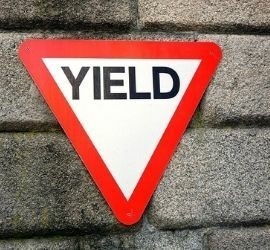What Is Market Risk Premium? The market risk premium is the difference between the expected return on an investment and the risk-free rate. The market risk premium is part of the Capital Asset Pricing Model (CAPM). Analysts and investors use it to calculate the acceptable rate of return for an investment. […]
Finance
What are Common Size Financial Statements? Common size financial statements display items as a percentage of a common base figure, total sales revenue, for example. This type of financial statement allows for easy analysis between companies, or between periods, for the same company. However, if companies use different accounting methods, […]
What Is the Operating Cash Flow Ratio? The operating cash flow ratio is a measure of how well cash flows generated from a company’s operations are covering current liabilities. The ratio can reveal a company’s liquidity in the short term. Using cash flow as opposed to net income is considered […]
What Is an Arm’s Length Transaction? An arm’s length transaction refers to a business deal in which buyers and sellers act independently without one party influencing the other. These types of dealings occur when both parties act in their own self-interest and are not subject to pressure from the other […]
What is the SEC Yield? The SEC yield is a standard yield calculation developed by the U.S. Securities and Exchange Commission (SEC). It allows for fairer comparisons of bond funds. It is based on the most recent 30-day period covered by the fund’s filings with the SEC. The yield figure reflects […]
What Is Economic Value Added (EVA)? Economic value added (EVA) is a measure of a company’s financial performance. It is based on the residual wealth calculated by deducting its cost of capital from its operating profit. The measure is adjusted for taxes on a cash basis. EVA can also be referred […]





